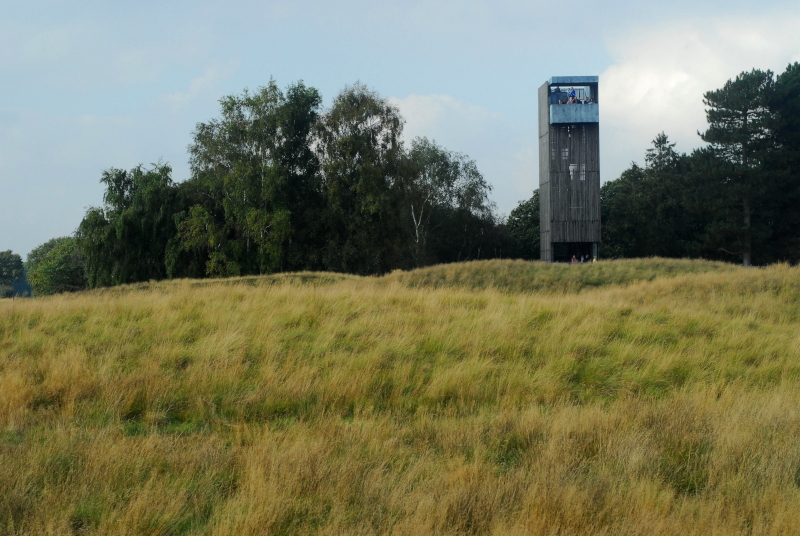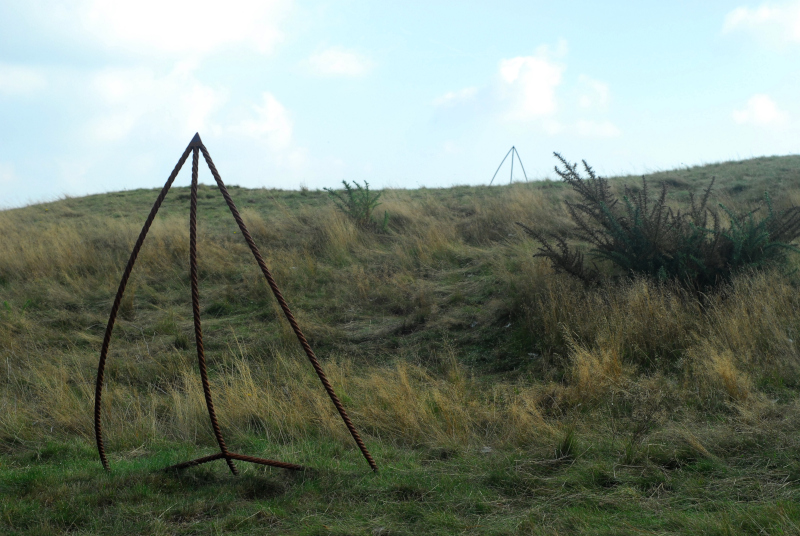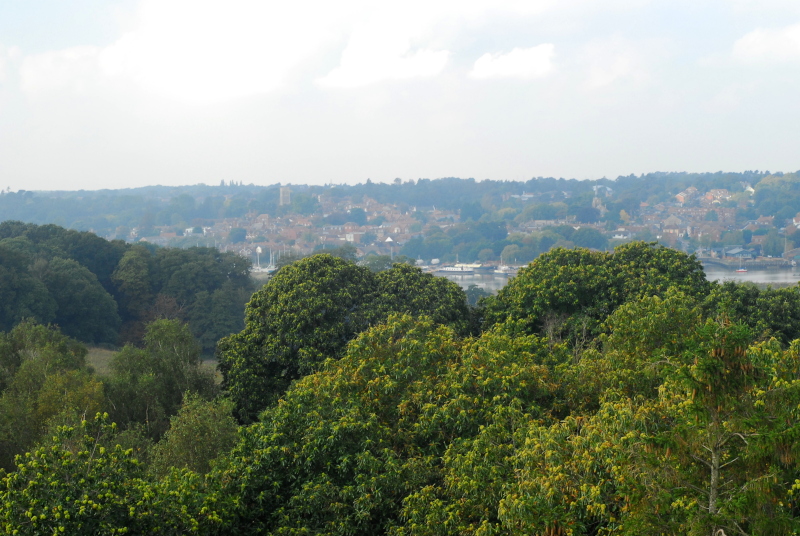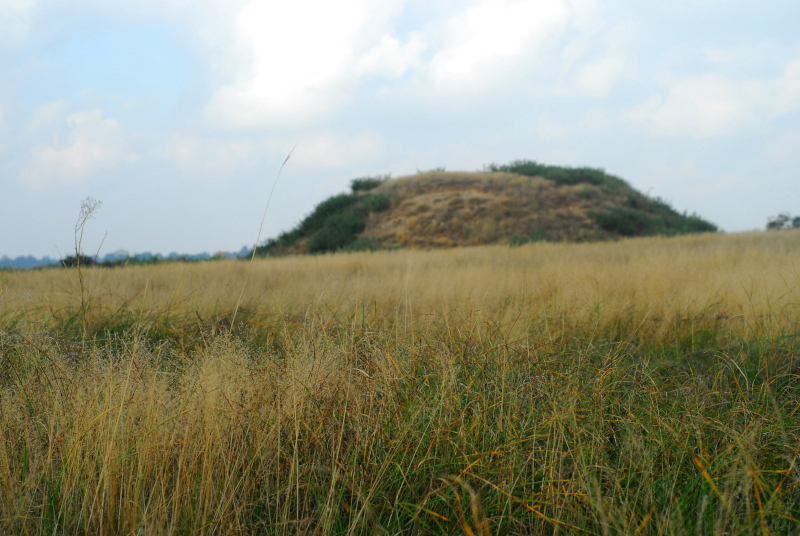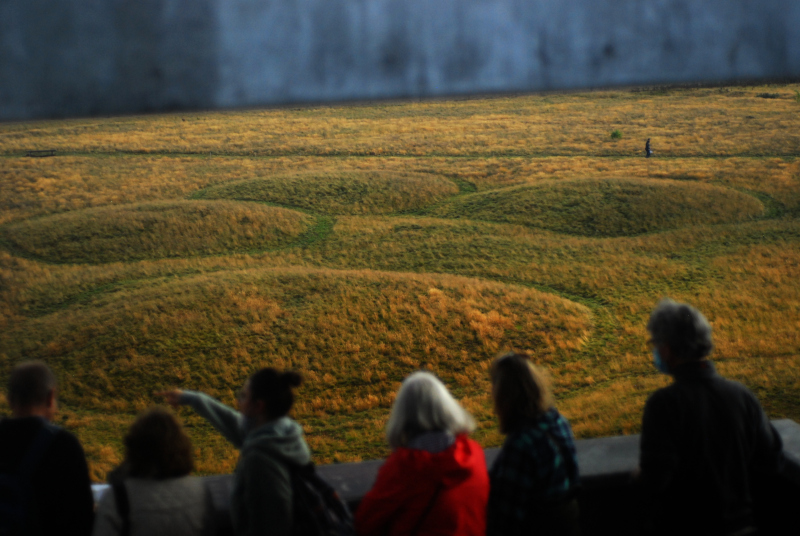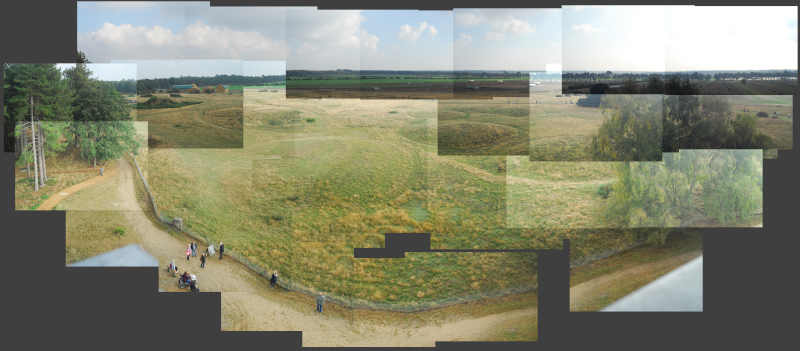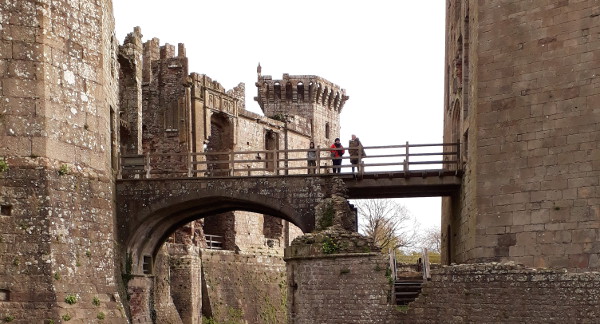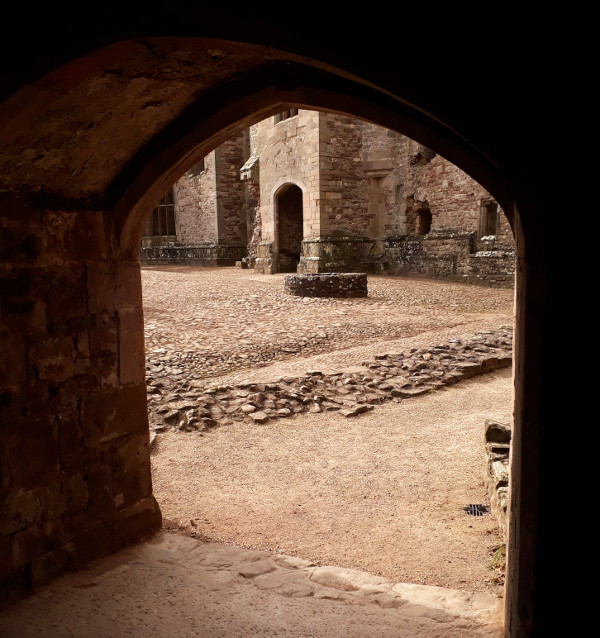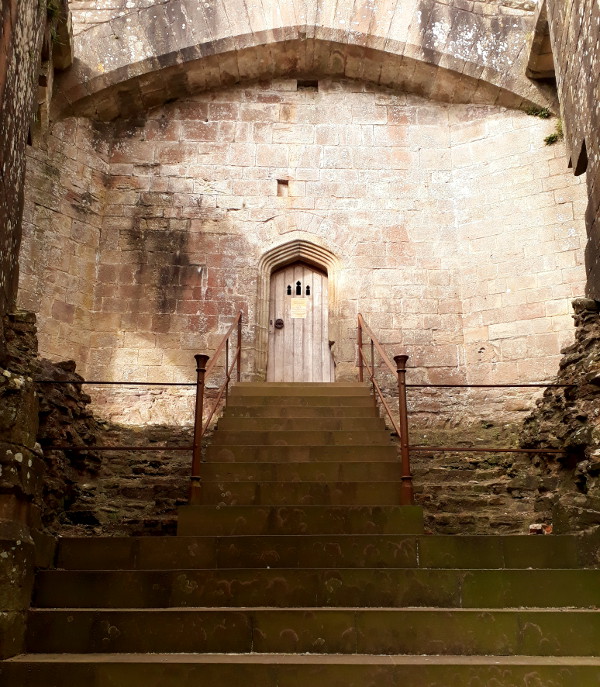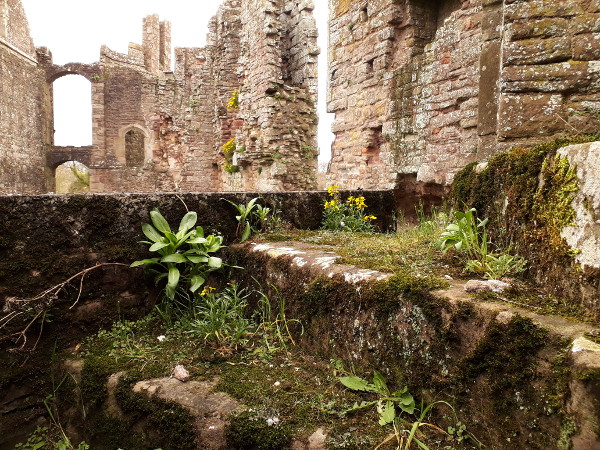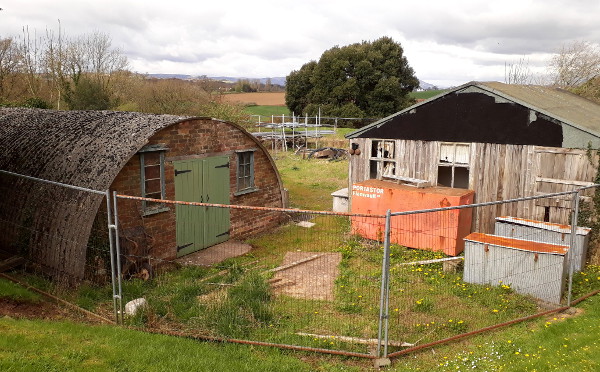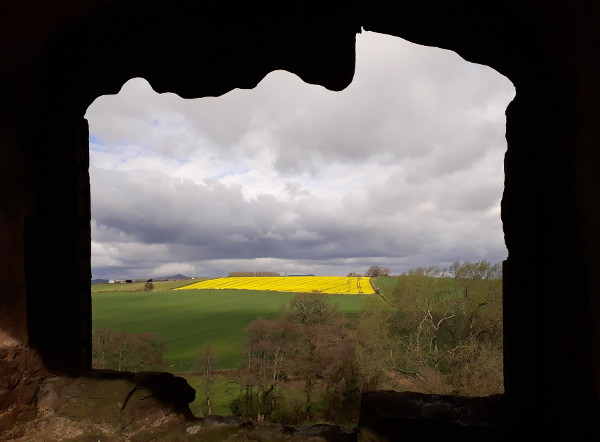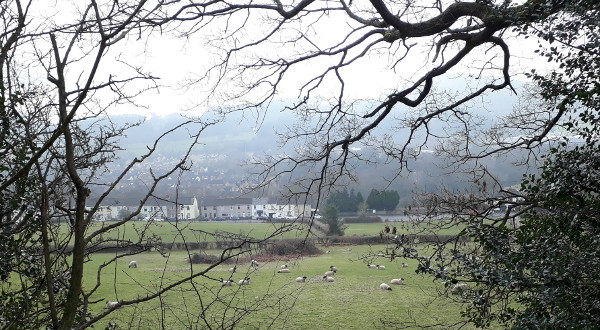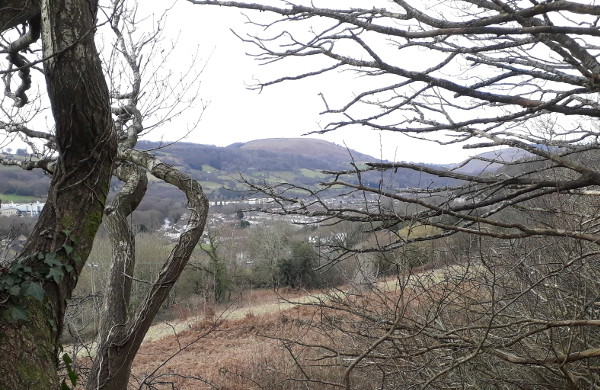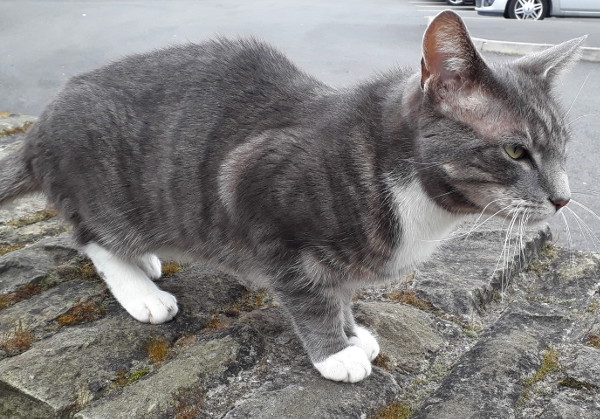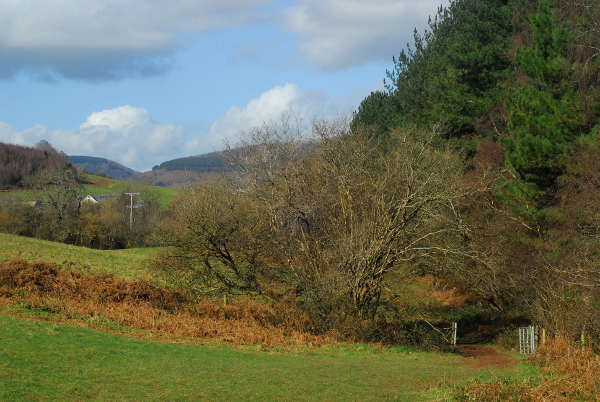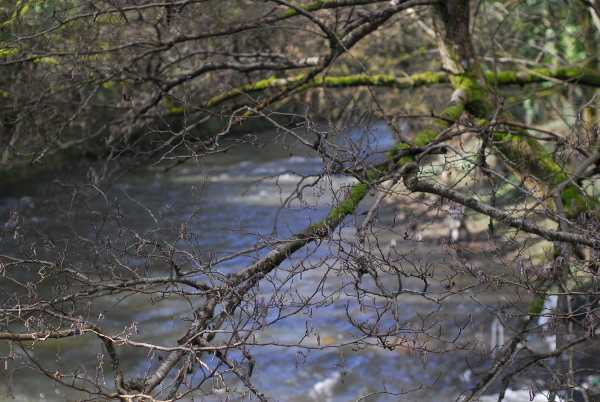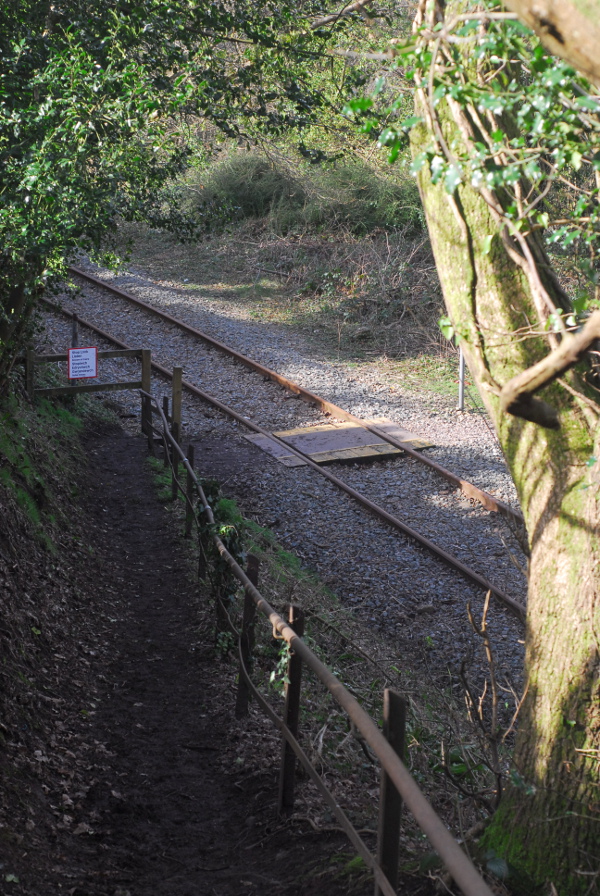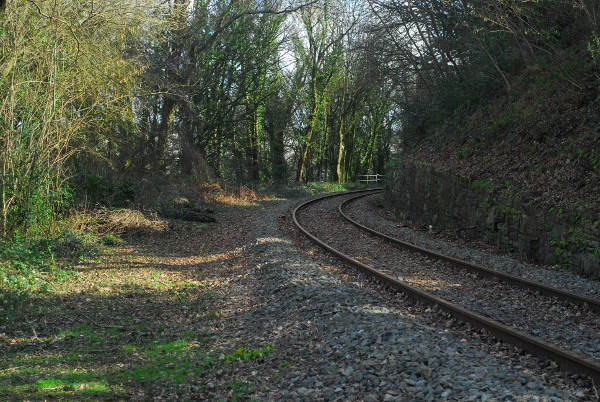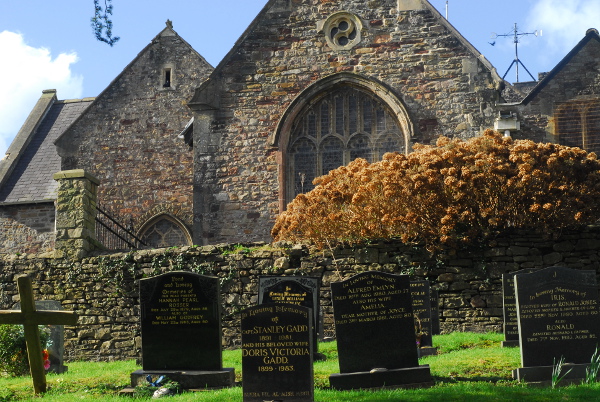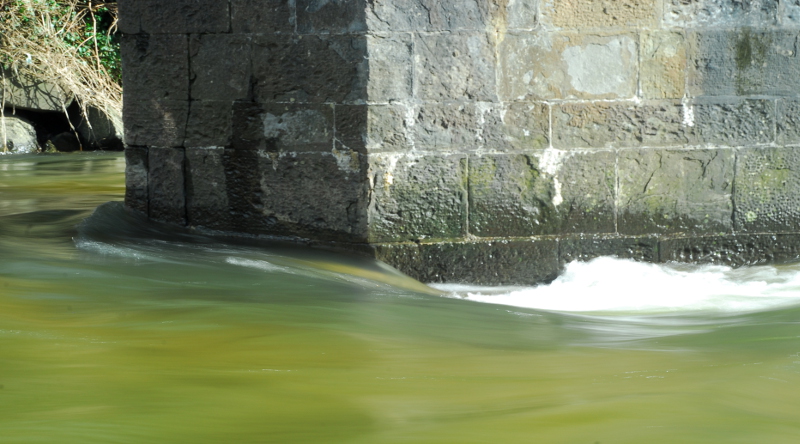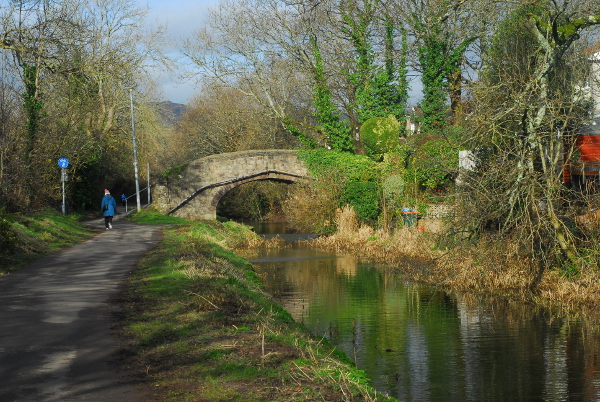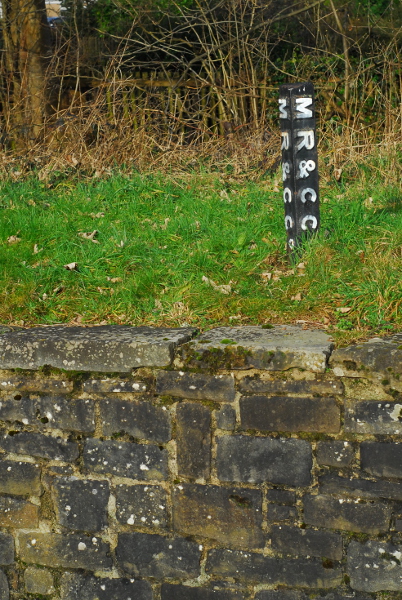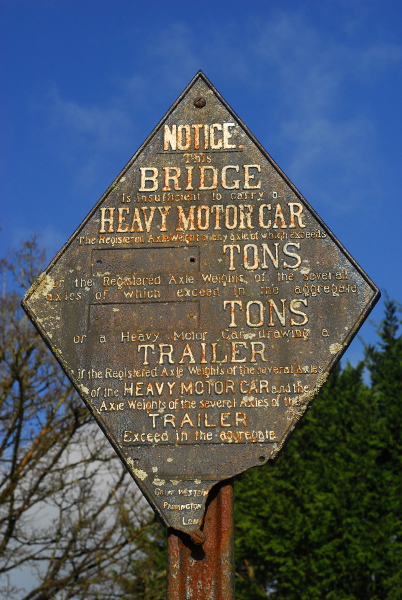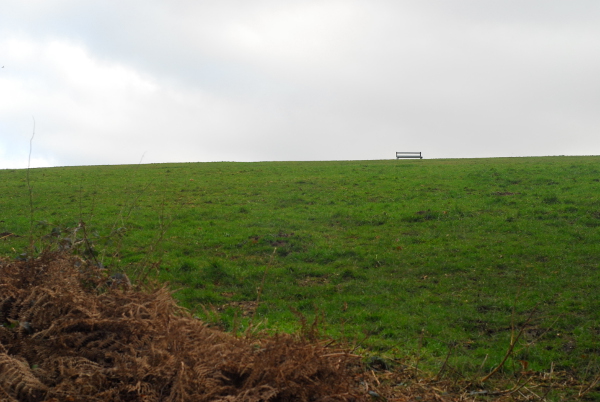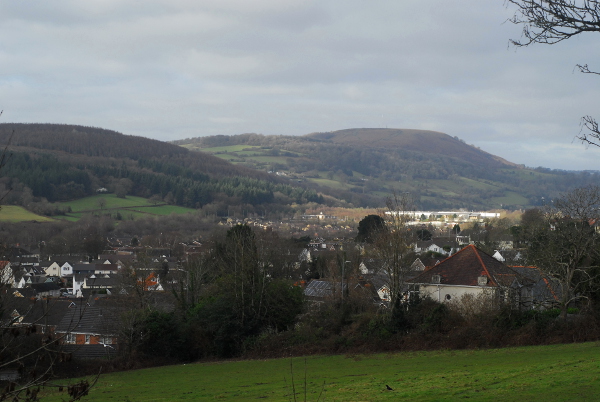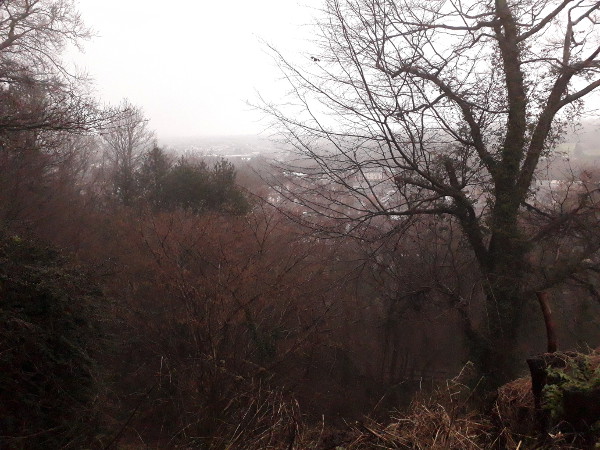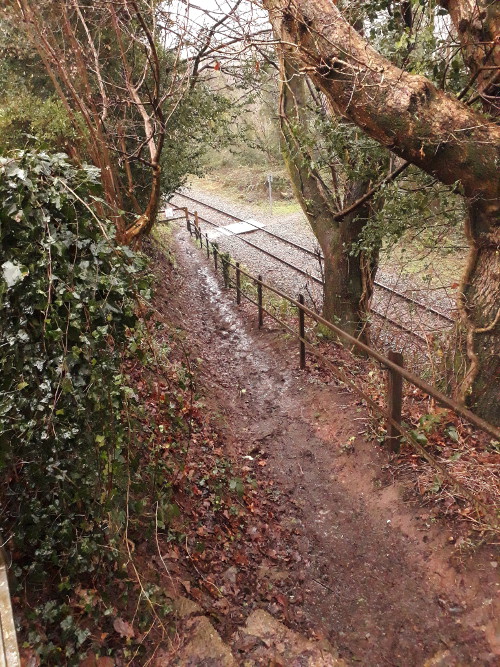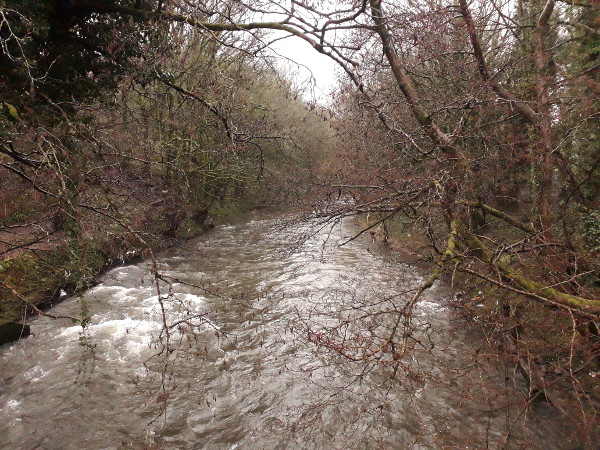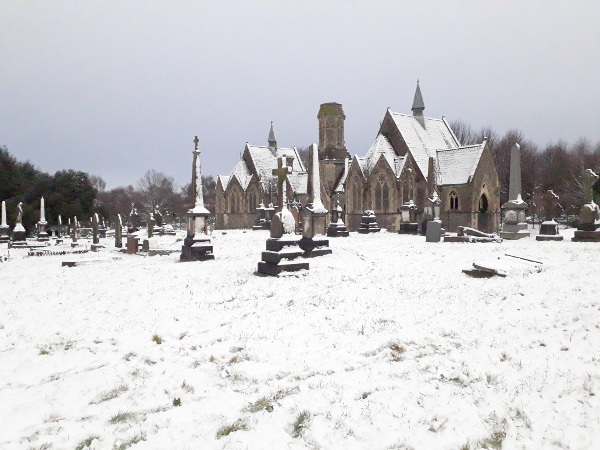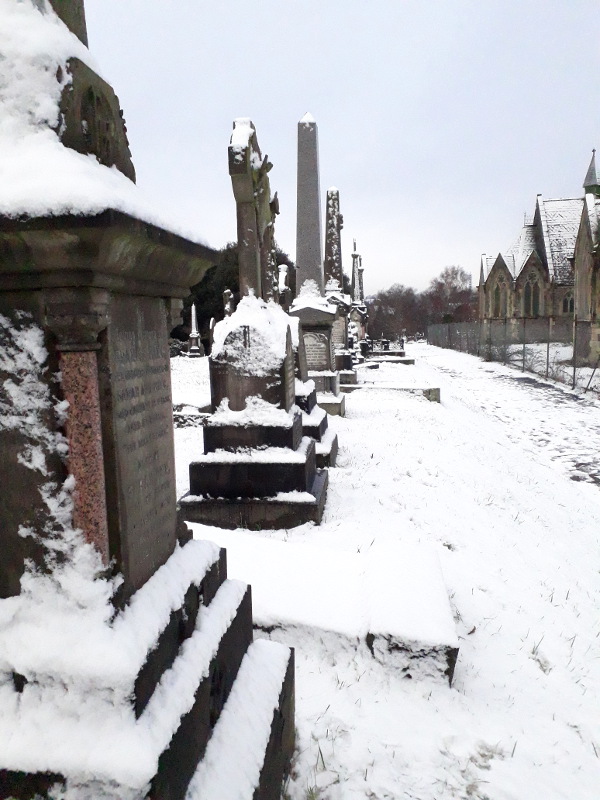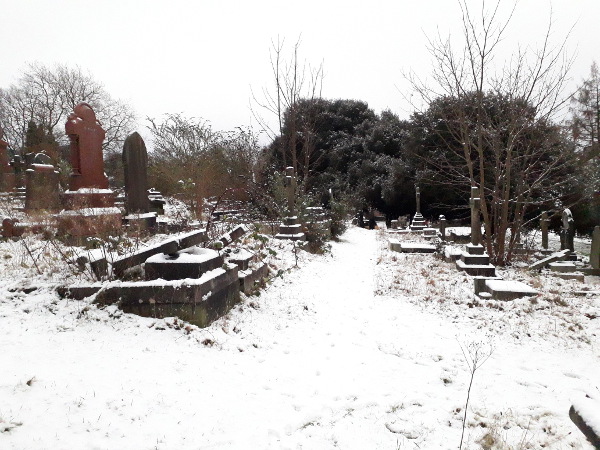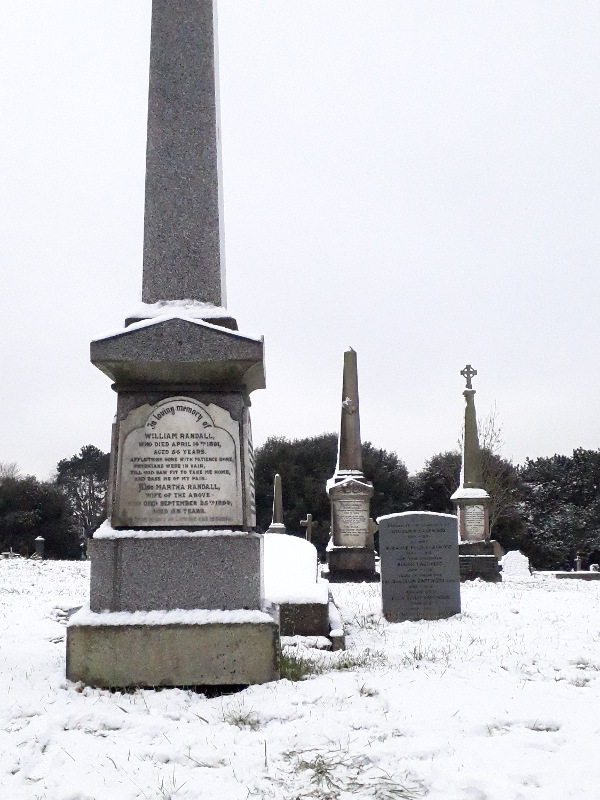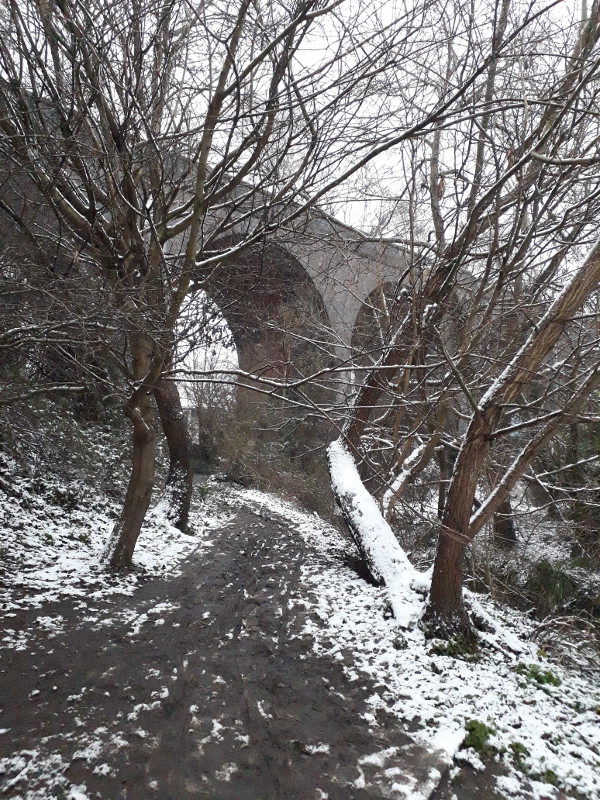Pictures from the past (part one)
Some more digital archaeology
I mentioned in Saturday’s post that I’ve recently been pulling data off a hard disk I haven’t touched for more years than I care to think about, and saving the things that are worth saving. The original text of my degree dissertation, for example, which I thought I’d lost, and more than one terrible short story. Photos that are even older, that I’d had scanned in for one reason and another. I thought it might be worth sharing a few bits and pieces here.
First off, this post from May 2006 about local politics was picked to be quoted in The Guardian, for some reason. So, naturally, I saved an image of the clipping.

More people probably skimmed that quote than anything else I’ve ever written on here, at least to date, but I recall it didn’t lead to any noticeable spike in traffic, showing that people just don’t bother to type in URIs they read in newspapers.
Then, among the black and white photos, these pictures of an empty croft on the edge of the village of Calanais, in the Outer Hebrides. It stood in the middle of a tongue of land sticking out into Loch Róg, with nothing but grassland all around it, so you could almost imagine you were in that famous Andrew Wyeth painting. From the fragments of newspapers we found, it had last been lived in some time in the mid-1970s.



When I was in the Outer Hebrides, doing archaeological things, it was standard practice to carry two cameras: one loaded with black and white film, for print, and one loaded with colour slide film, so you could lecture people. These photos are from the same trip as the empty house. The first I think shows the Ullapool ferry approaching Stornoway somewhere on the east coast of Lewis; the others are another random evening around Calanais, probably with a large supply of stubby bottles of beer. I think the croft you can see in the middle picture is the same one as in the set above.



Some of the colour photos on that trip have never been scanned in and I think I’ve hardly even looked at them; these ones were scanned by someone I was briefly seeing, years ago, who had access to a film scanner, and scanned as many as would fit onto one CD. You never know, maybe I’ll dig the others out one day. There will probably be a few more of these posts to come, too.

 Home
Home